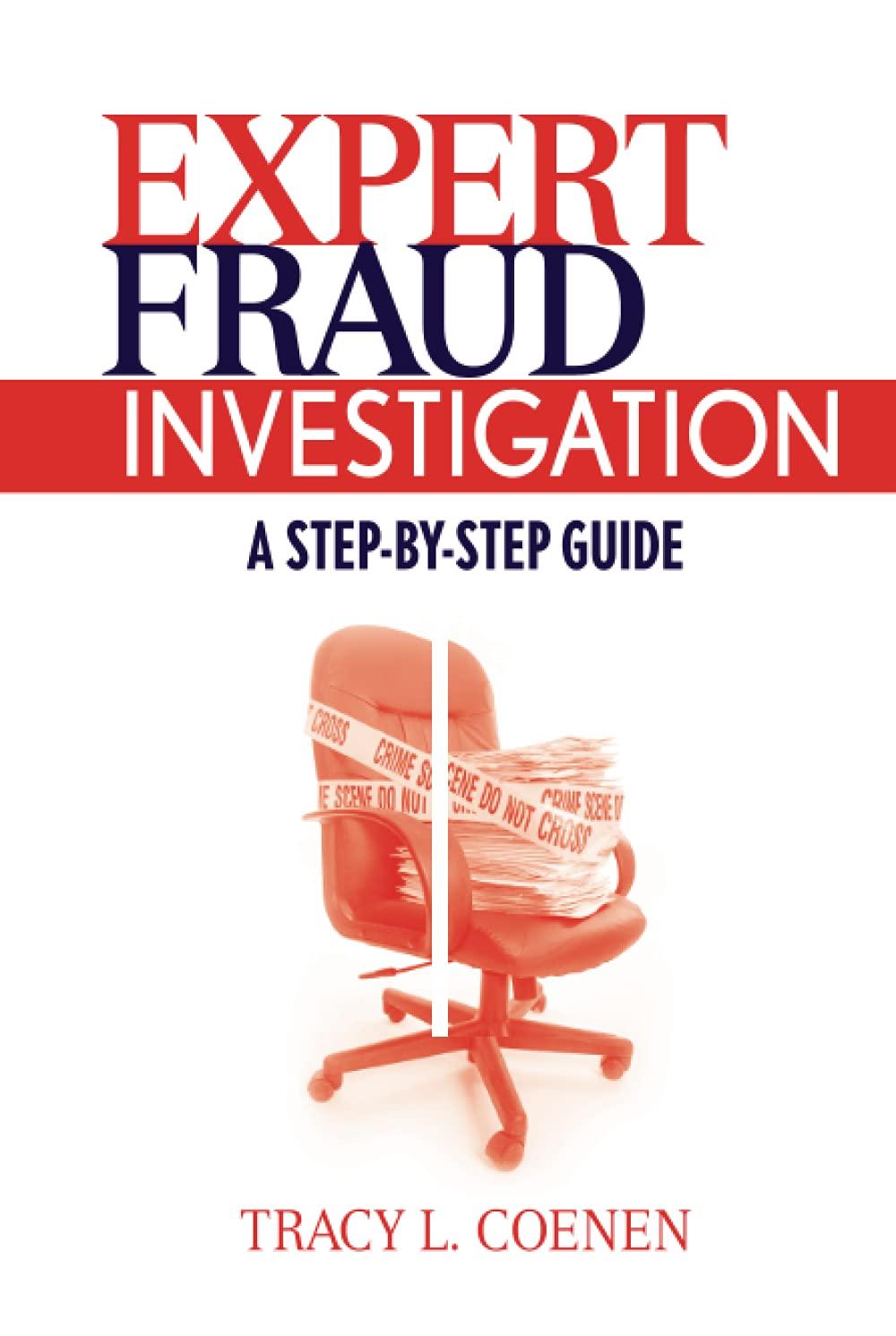Question
Case Study 3: SSHA Holdings Pty Ltd owns two business units; Rotor Electrics in Nauru and Green Acres in Australia. Each business unit is treated
Case Study 3:
SSHA Holdings Pty Ltd owns two business units; Rotor Electrics in Nauru and Green Acres in Australia. Each business unit is treated as a profit center by SSHA Holdings. Rotor Electrics manufactures electric motors in Nauru, which it sells in the International market for AUS$220 per unit. Green Acres Ltd. makes ride-on mowers using electric motors similar to those manufactured by Rotor Electrics Ltd. Currently, Green Acres buys these similar electric motors from an Australian supplier (external supplier that is not part of the SSHA Holdings group) for $220. Both companies pay 10% sales commission only when they sell their products to external customers.
The unit selling prices and relevant costs are given below.
| Rotor Electrics Amounts per motor | Green Acres Amounts per ride-on mower | |
| Selling Price per unit | $220 | $2100 |
| Production Cost per unit | $100 | $1100 (including the electric motors purchased at $220) |
| Selling Expenses (10% sales commission) | $22 | $210 |
Requirements
1. Calculate the profits made by (1) Rotor Electrics business unit (per motor), (2) Green Acres business unit (per refrigerator), and (3) SSHA Holdings Ltd (as a whole group), when Rotor Electrics sells to external customers and Green Acres buys from an external supplier
2. SSHA Holdings management decides that Rotor Electrics must sell its electric motors to Green Acres. The managing director is aware of the 20% tax rate in Nauru compared to Australias 30% tax rate and decides to set a transfer price that will minimize SSHA Holdings overall income tax.
To achieve this tax minimization goal, the managing director sets a transfer selling price of AUS$400 per motor for Rotor Electrics to sell to Green Acres.
Using this new transfer selling price for Rotor Electrics, calculate the profits made by (1) Rotor Electrics business unit (per motor), (2) Green Acres business unit (per refrigerator), and (3) SSHA Holdings Ltd (as a whole group). You should ignore any other transfer costs (such as exchange rate fluctuations) in your answer.
3. The managing director cannot see why the current performance measures (Profit and Return on Investment) for each manager should be changed (the managing director does not consider whether the new arrangement will affect bonuses or future promotion prospects for the managers of each company). Using your answers to requirement 1 and 2 above, explain;
a. Whether the Rotor Electrics manager and the Green Acres manager would both support the decision to transfer the electric motors from Rotor Electrics to Green Acres at AUS$400. Describe (using your calculations) the impact of the new transfer selling price on the performance for Rotor Electrics and for Green Acres.
b. Whether the $400 transfer price is a goal congruent transfer price given the managing directors decision to retain the same performance measures.
c. Whether there is an alternative recommendation you would make to the managing director using any of the information you have prepared when answering requirements 1, 2, or 3
Step by Step Solution
There are 3 Steps involved in it
Step: 1

Get Instant Access to Expert-Tailored Solutions
See step-by-step solutions with expert insights and AI powered tools for academic success
Step: 2

Step: 3

Ace Your Homework with AI
Get the answers you need in no time with our AI-driven, step-by-step assistance
Get Started


